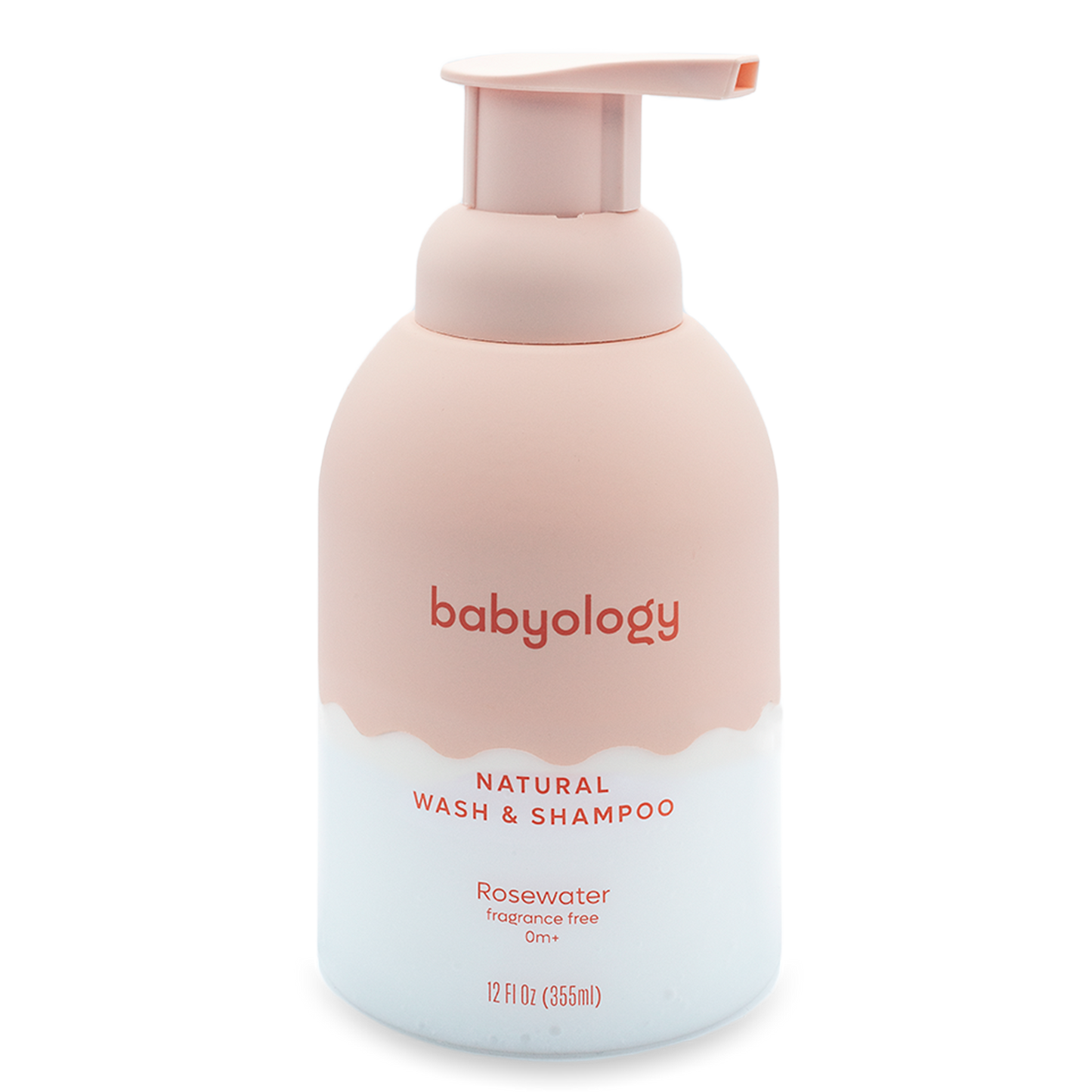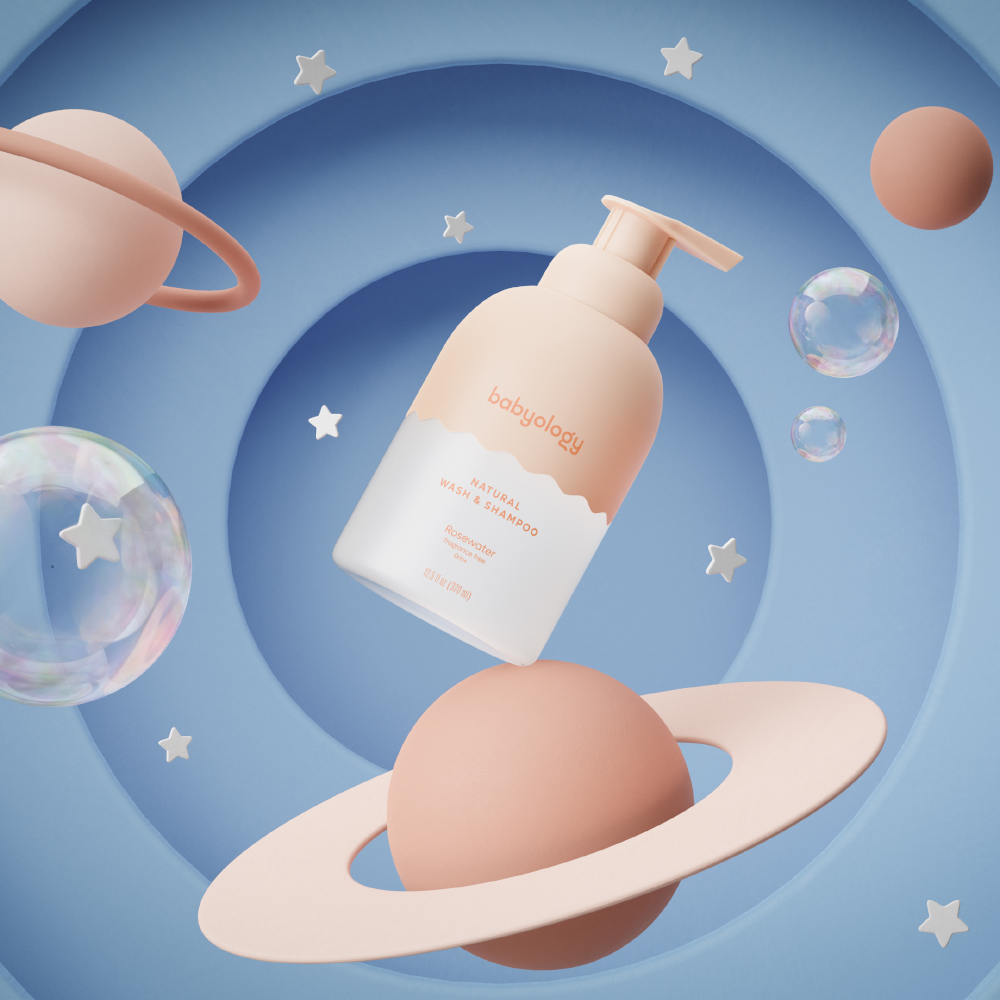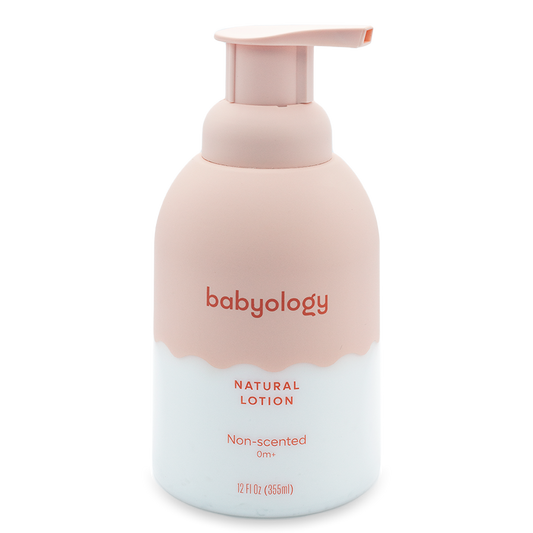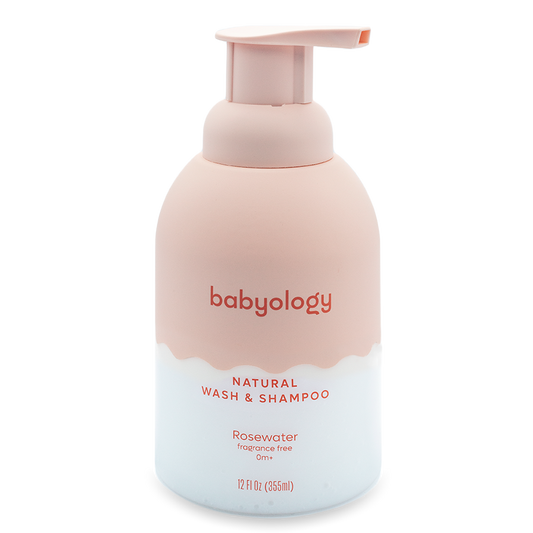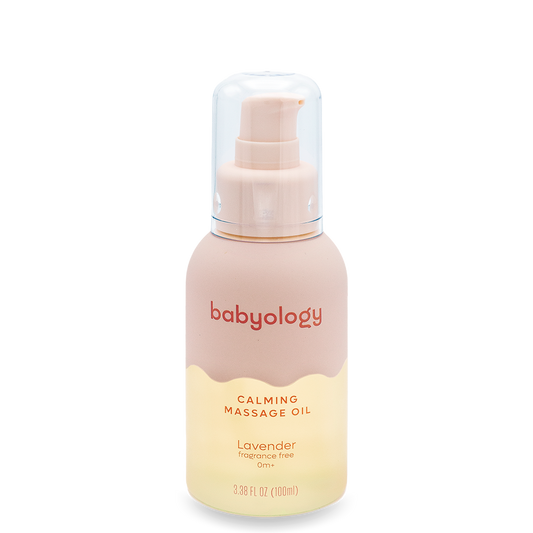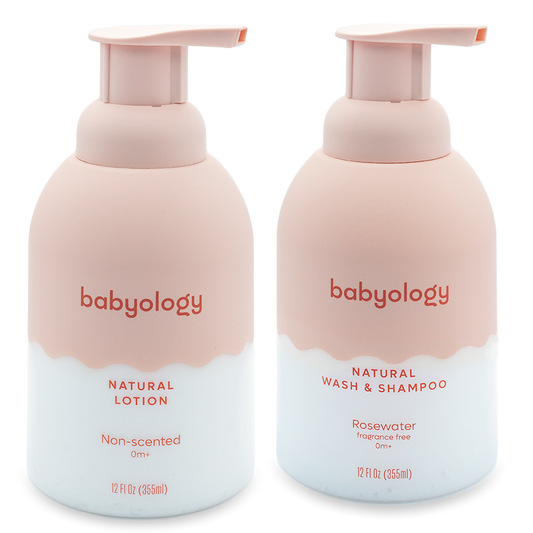You might think your baby’s shampoo is gentle — but even products labeled “mild” can hide harsh ingredients that dry or irritate delicate skin. A truly clean baby shampoo is free from synthetic fragrance, sulfates, parabens, and other chemicals that strip away natural moisture.
Many parents start noticing small signs: a bit of redness after bath time, a stronger scent, or a flaky scalp that wasn’t there before. These subtle cues often mean it’s time to take a closer look at what’s inside the bottle.
1. Your Baby’s Scalp Looks Dry or Flaky
If your baby’s scalp feels tight or you notice white flakes, it could be reacting to sulfates or drying agents found in traditional shampoos. These ingredients can disrupt the skin’s natural balance, leaving it irritated or itchy.
Clean baby shampoos use plant-based cleansers, like coco-glucoside or decyl glucoside, that wash away dirt without stripping away moisture. Switching to a sulfate-free formula often restores softness within days and helps soothe cradle cap more gently.
2. The Shampoo Smells Too “Perfumey”
That “baby fresh” scent can be deceiving. Many shampoos use synthetic fragrances and phthalates, which are common irritants for babies’ sensitive skin. Even a light perfume can cause redness or itchiness on the scalp and neck.
If the label only says “fragrance” without explaining the source, that’s your sign to switch. Opt for fragrance-free or naturally scented shampoos that use safe, plant-based ingredients. A truly clean baby shampoo will smell mild and natural — never overpowering.
3. The Ingredient List Feels Like a Chemistry Quiz
If reading your baby’s shampoo label feels confusing, that’s a red flag. A long list filled with unrecognizable chemicals often means more chances of irritation. Clean baby shampoos usually keep it simple — just the essentials for cleansing, soothing, and protecting your baby’s scalp.
What ingredients should not be in baby shampoo?
-
Sodium Lauryl Sulfate (SLS) or Sodium Laureth Sulfate (SLES)
-
Parabens and PEG compounds
-
Artificial colors or dyes
-
Phenoxyethanol
-
Formaldehyde-releasing preservatives
Gentle alternatives include: aloe vera, oat extract, chamomile, and coconut-derived surfactants. These keep the scalp clean without stripping natural oils or causing buildup.
4. Your Baby Cries During Rinse Time
Tear-free doesn’t always mean gentle. Some shampoos rely on numbing agents instead of removing harsh ingredients, which can still cause mild irritation around the eyes. If your baby cries or rubs their eyes after rinsing, the shampoo’s formula could be the problem.
A clean baby shampoo is naturally pH-balanced and mild enough to rinse easily without sting or residue. When bath time becomes calmer and tear-free again, it’s often because you’ve eliminated synthetic additives that were causing discomfort.
5. You Want a Simpler, Safer Routine
Modern parents are choosing minimal, non-toxic routines for good reason. Babies’ skin absorbs more than adults’, making ingredient safety especially important. A clean baby shampoo helps you simplify — one bottle that’s safe, gentle, and planet-friendly.
Many parents also link “clean” with sustainable packaging and biodegradable formulas, so the benefits go beyond your baby’s skin. It’s peace of mind for both you and the planet, knowing your baby’s bath time products are as pure as possible.
How to Choose a Clean Baby Shampoo
Finding a shampoo that’s truly clean can feel overwhelming, but a few key details make the process easier. Start by looking for short ingredient lists with gentle, plant-based components you can recognize. Certifications like “dermatologist tested” or “EWG Verified” can also indicate higher safety standards.
When comparing options, use this quick checklist:
-
✅ Free from sulfates, parabens, phthalates, and dyes
-
✅ No synthetic fragrances or vague “parfum” listings
-
✅ Hypoallergenic and pH-balanced for baby’s scalp
-
✅ Gentle, coconut- or sugar-derived cleansers
-
✅ Transparent labeling with every ingredient listed
If a product checks these boxes, it’s likely clean, safe, and suitable for daily or frequent use.
How can I tell if a baby shampoo is truly clean?
A clean baby shampoo lists gentle, plant-based ingredients and avoids vague terms like “fragrance” or “perfume.” Look for simple ingredient lists with recognizable components such as aloe, chamomile, or coconut-derived cleansers.
Is natural shampoo always safe for babies?
Not always. “Natural” isn’t a regulated term, so some products may still contain essential oils or botanicals that are too strong for infants. Always check labels and choose products specifically made for babies.
How often should I wash my baby’s hair?
Most babies only need their hair washed two to three times a week. Daily washing can strip natural oils, leading to dryness or irritation.
What baby products should I avoid during bath time?
Avoid anything with artificial fragrance, alcohol, dyes, or antibacterial agents. Stick to mild, fragrance-free cleansers and clean baby shampoo that protect the skin’s natural barrier.
A Small Change That Makes a Big Difference
Your baby’s skin is still developing its natural barrier, so every product you use makes a difference. Small signs — like dryness, irritation, or a strong scent — are your baby’s way of signaling it’s time to switch to something gentler.
A clean baby shampoo helps protect not only your baby’s scalp but also their comfort and happiness during every bath. When in doubt, simpler is always better.

